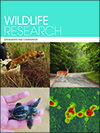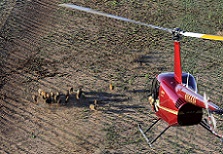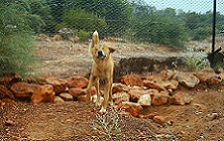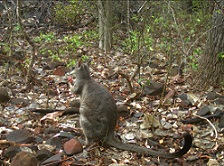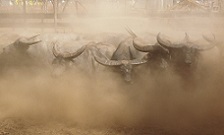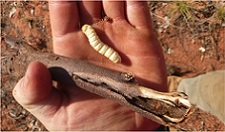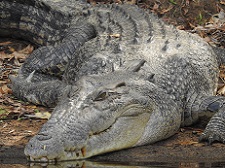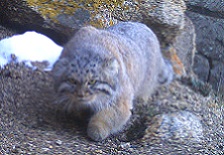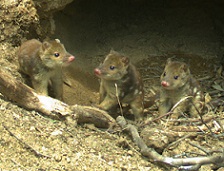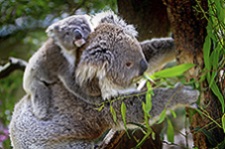
Current koala translocation policies lack an appropriate spatial framework to guide conservation actions. Herein, we outline a framework based on knowledge of population genetic structure and associated dispersal parameters estimated from molecular data. Application of the proposed framework would improve site selection for the release of translocated animals and should underpin the development of translocation strategies to support the demographic and genetic recovery of bushfire-affected koala populations and koala management more broadly. Photograph by Holger Detje (from Pixabay).


